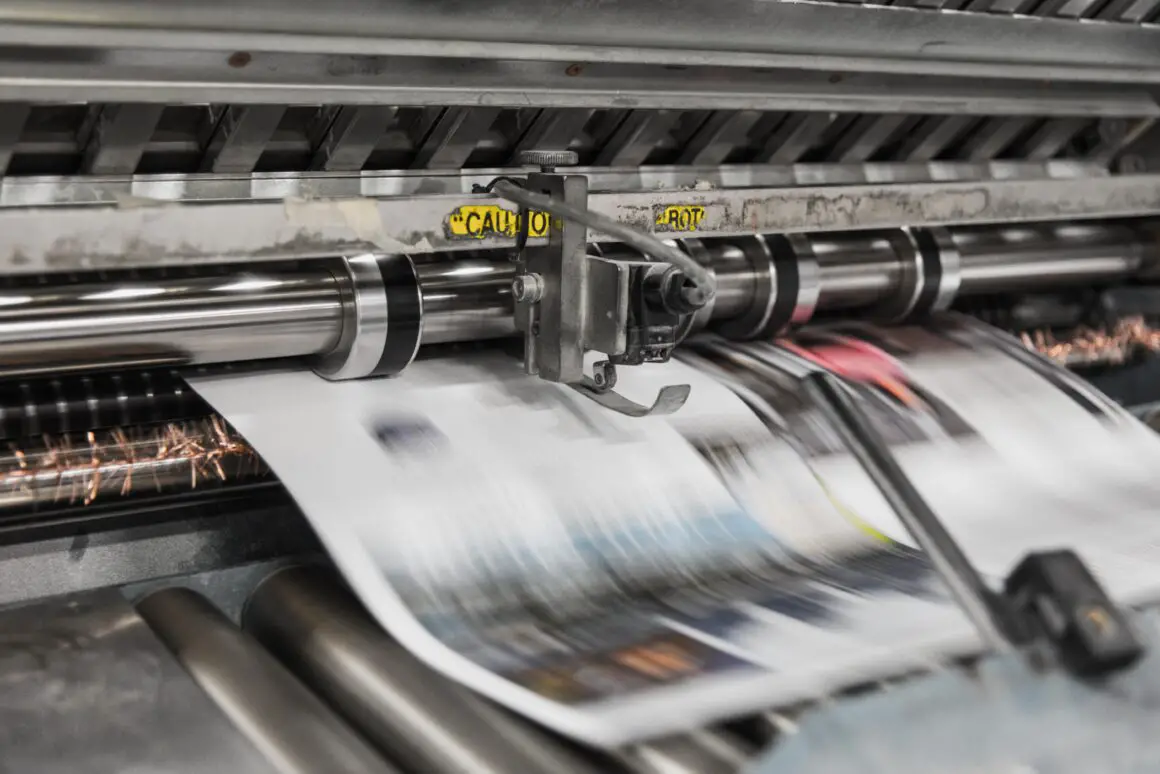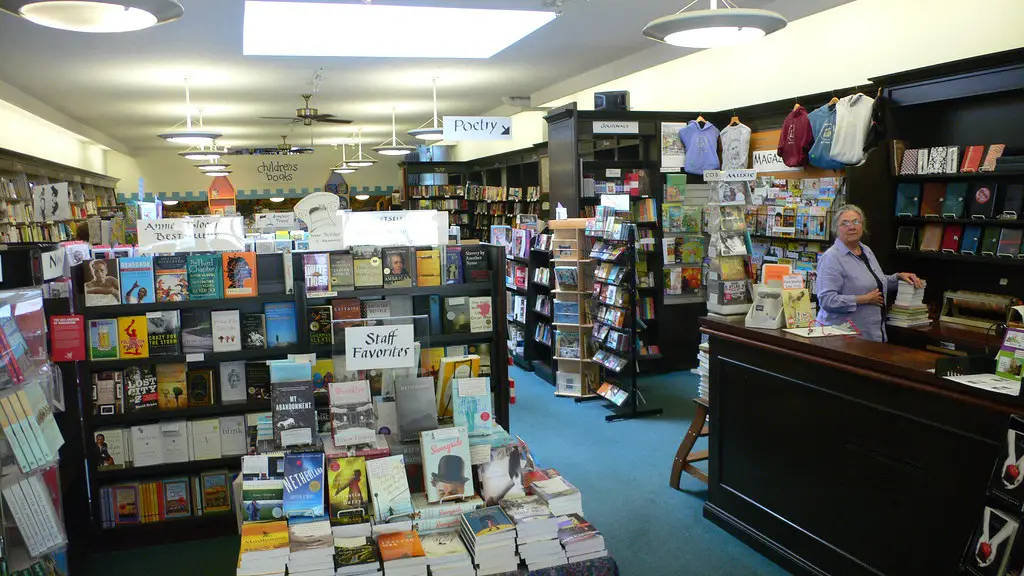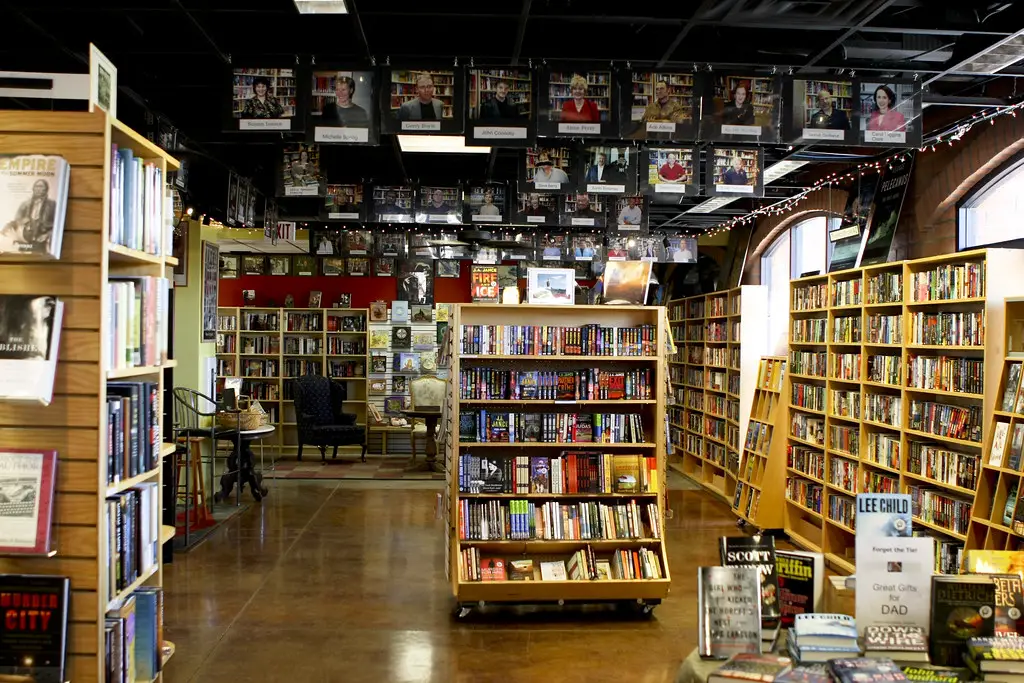Reporting on an Ingram Content Group webinar.
Ingram Content Group runs a fantastic free webinar series called Publishers Lunch: Publisher Insights With Ingram.
Last week, on Wednesday, Sep. 14, the webinar was The Health of Today’s Publishing Industry.
Here’s the summary of the webinar:
“We’re all familiar with today’s global marketplace challenges—the pandemic threw things into chaos, and just as soon as we’ve got a grip on the ‘new normal,’ things change again, most recently with record inflation hitting the publishing industry from every direction.
How can publishers keep up with the near-constant uncertainties? What does a healthy ecosystem in publishing look like, post-pandemic? What steps do we have to take to get there?”

Moderated by Amy Cox Williams, VP of Merchandising at Ingram, the discussion featured Allison Hill (CEO, American Bookseller Association), Phil Ollila (Chief Commercial and Content Officer at Ingram), and Molly Stern (Founder and CEO, Zando Publishing). They took listener questions and addressed each in turn.
The discussion was breakneck-pace and much ground was covered in a short time. Here are some of the key messages.
What are the Challenges for the Publishing Industry Right Now?
Labour shortage. Independent bookstores are not only providing goods but also services. Labour shortages are severely hindering service delivery.
Supply chain. A big concern is the percentage of books arriving damaged. This consumes time in processing these damaged books.
Burnout of staff. Coming out of the pandemic, the publishing industry is trying to re-energize.
Discoverability. How can we connect readers with books? How can we harness word of mouth across the media landscape with authenticity? Another key problem is the homogeneity of the workforce. Pursuing diversity is a challenge we need to meet in order to drive readership in the diverse community in which we live.
Inflation is also a big problem.
How are Publishers Responding?
Independent stores are quick to adapt to new environments. They have in fact become direct sellers. The industry is versatile and agile more than ever before.

Ingram itself is developing reader-direct marketing solutions and targeting readers according to their interests.
How can publishers be more efficient?
Ollila noted that the publishing industry is consolidating but new players are also emerging. There have been vast infrastructure consolidations—e.g. printing and warehousing (as reported in an earlier piece on paper shortages).
Barriers to creating books have fallen, but barriers to connecting with readers remain. It is a very competitive environment.
Where can small players find new opportunities?
Ollila’s suggestion is first that independent booksellers can shift back office staff to the front of the sales floor. The key is discoverability—get all your staff to read and to go out and recommend titles!
One tech suggestion was the platform “Batch,” which streamlines book sales.

A central attitude for publishers is to re-frame challenges as opportunities. Challenge the old way of thinking and doing things. How can we bring about change that will stick?
The Physical Book Is Here to Stay, But the Marketing Strategies Must Be New
Industry has said in the past that if you don’t have an audience, we cannot sell your book, BUT the publishers should be creating a market and allowing authors to be authors. Booksellers need to know that their future role is in audience development.
Work on direct outreach to book buyers: Innovation is going to happen in this space! For example, author events, community events, and new ways of doing all of these.
There is an urban myth that it’s hard to open a bookstore. Rethink these assumptions! Over 300 independent bookstores opened during the pandemic. But bookstores are taking on a more fluid format: mobile stores, pop-up stores, hybrid stores, etc.
Ask how it can be different and how we can be partners with other booksellers and publishers. We have shared goals after all.

Hill spoke about how the American Booksellers Association is helping with marketing. Independent sellers are known for protecting consumer privacy, but they are also utilizing data that helps customers find books they love as well as drive sales. It’s some of the data they have actually had all along.
She recommended the platform “Bookshop” to connect with new customers.
Molly Stern: Books are about deep connections
Stern spoke about a new approach to bookselling in terms of identity and regionality. She urges publishers and booksellers to bring people in from the community. The current environment is a great opportunity for a resurgence in the community.
In terms of marketing, “earned media” remains important. That is, using an independent arbiter who is being paid to be critically thoughtful—this still matters! Less important is the “inauthentic influence,” which is the strategy of getting any old celebrity to promote your book. That’s not how it works anymore because books are about deep connections.
Publisher Relationships with Readers—How are They Changing as Online Distribution Channels Change?
Online sales simply cannot replicate in-person bookstore events. People are always looking for the humanity in the book industry.
The key is, how to get authentic recommendations? This is a new opportunity and a new challenge. Ollila asks, how can publishers find content worthy of putting into the supply chain?
And the final takeaway: There really is an expansion of opportunity.
What new strategies can your business try this year?
And what made you buy your latest book?
